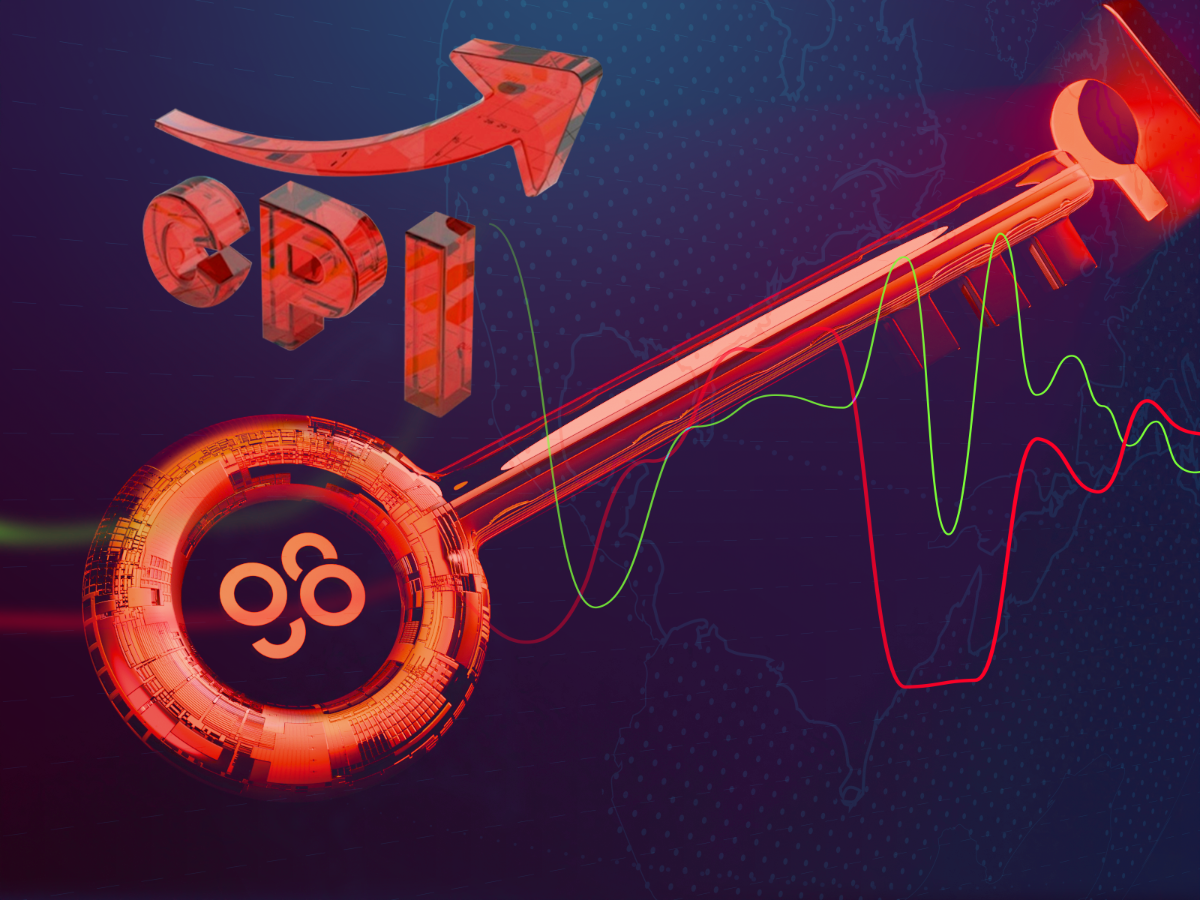CPI explained: What is CPI? How to calculate CPI

What is CPI?
CPI (Consumer Price Index) is an index that tracks the price changes of consumer goods and services. CPI reflects the changes in the expense to maintain a constant living standard.
It is based on over 200 subcategories, with 8 main spending categories: Housing, Apparel, Transportation, Education & Communication, Food & Beverages, Medical Care, Recreation, and Other Goods & Services.

The Consumer Price Index is used as one of the primary indicators for inflation. By evaluating how the prices of goods and services are changing, inflation and currency’s purchasing power can be deduced.
At the same time, CPI is also used by the Federal Reserve to adjust the country’s monetary policy accordingly. Therefore, CPI is directly related to the status of the economy, along with other financial markets like crypto.
CPI Formula
In the U.S, CPI is calculated by the BLS (Bureau of Labor Statistics) by collecting about 94,000 monthly prices from approximately 23,000 retail and service establishments, which is a pretty complex process. This is believed to cover 93% of the U.S. population.
In a more simple manner, CPI can be calculated by using the following formula:
Annual CPI = (Value of market basket in the current year / Value of market basket in the previous year) * 100
The calculated CPI can then be used to calculate inflation as:
Inflation Rate = [(New CPI – Old CPI) / Old CPI] * 100

Why is CPI important?
CPI is important because it directly affects many factors like inflation, whereas inflation plays an indispensable role in the country’s economy as well as businesses or financial markets.
Being the most widely used indicator for inflation, CPI has always been followed closely by numerous policymakers, financial markets, businesses, and consumers.
Limitations of CPI
Even though CPI is one of the most important and commonly applied indexes, it is still flawed by various debates.
- Its survey group is lacking. Although it is said to represent 93% of the U.S population, it only considers the urban ones, excluding those living in rural areas. At the same time, evaluating inflation based on this survey group only may be wrong in some cases, as inflation affects different people differently.
- Its calculation excludes various cases. CPI may take into account the surge in an item’s price but not consider the shift of customers to a cheaper alternative. This may result in the number being higher than reality.
- It may understate or overstate inflation. As mentioned above, CPI is directly involved in the calculation of the inflation rate. Nevertheless, considering how CPI is calculated along with the survey group it is using, it may not be ideal to refer CPI directly to the purchasing power of a fiat currency.
How does CPI affect the economy?
Most of the time, CPI is directly used to calculate the inflation rate. As inflation have a direct impact on the economy, so does CPI.
If you have not understood how inflation affects the economy, refer to our article: What is inflation?
In short:
A healthy economy is facilitated by low and consistent inflation. Each year, the UK government sets a target for the amount that prices should rise overall. The desired percentage is 2%. The Bank of England is responsible for maintaining inflation at that level.
A small amount of inflation is beneficial. However, inflation that is too high or unsteady can be damaging. People find it challenging to plan how much they can spend, save, or invest when prices are uncertain.
Correlation between CPI and Bitcoin price
As mentioned above, CPI does have an influence on financial markets, and crypto is one of them. Therefore, there is a close correlation between CPI and the price of Bitcoin, as seen in the infographic below.
It can be clearly seen that every time a new CPI is announced, Bitcoin’s price will follow. Most of the time, if the adjustment of CPI is positive, Bitcoin will rise in price, and vice versa.

CPI vs PCE: What is the difference?
Defined by the BLS, “The CPI measures the change in the out-of-pocket expenditures of all urban households, and the PCE index measures the change in goods and services consumed by all households, and nonprofit institutions serving households.”
Essentially, CPI and PCE work for the same purposes, but PCE does it in a broader and timelier way.
How to follow CPI
You can follow CPI by using this website: https://tradingeconomics.com/united-states/consumer-price-index-cpi
Via this website, you can follow CPI by looking at their charts showing the current number, previous numbers, as well as the forecasted ones in the near future.
FAQs about CPI
Is CPI the same as inflation?
Even though CPI and inflation are different based on their definitions, sometimes CPI is used as the sole measure for inflation.
Is CPI better high or low?
As mentioned above, CPI or inflation rate should be kept at a moderate level, not high or low. Either way, the economy, along with other factors, will be influenced heavily.
Conclusion
CPI (Consumer Price Index) is an index that tracks the price changes of consumer goods and services. CPI reflects the changes in the expense to maintain a constant living standard.
It is based on over 200 subcategories, with 8 main spending categories: Housing, Apparel, Transportation, Education & Communication, Food & Beverages, Medical Care, Recreation, and Other Goods & Services.
CPI is important because it directly affects many factors like inflation, whereas inflation plays an indispensable role in the country’s economy as well as businesses or financial markets. Being the most widely used indicator for inflation, CPI has always been followed closely by numerous policymakers, financial markets, businesses, and consumers.
Even though CPI is one of the most important and commonly applied indexes, it is still flawed by various debates.